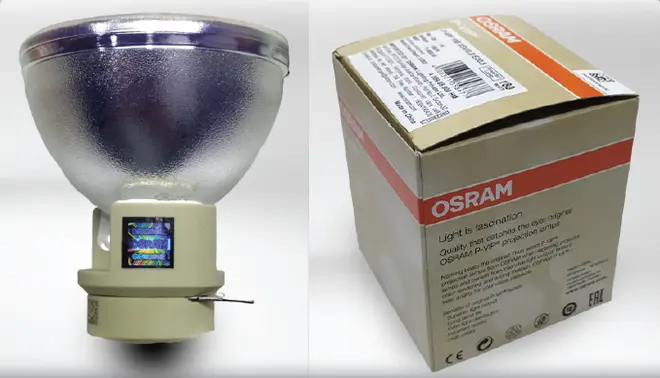One of the best ways of communicating your ideas to a group of people is through the medium of a presentation. Putting together an impressive, attention-grabbing, and easy to understand presentation is an undervalued skill, which pays off early on during schooling and continues to yield dividends during your career.
Great presentations are a combination of ambient surroundings, efficient projector lights that make the presentation a visual treat and effective communication by the presenter. Here’s a checklist of how to go about making a great presentation, and making sure the audience – be it students, clients or employees – gets the right picture.
1. Script your success
The key to holding your audience’s attention is giving your presentation a clear structure that they can follow. Prepare an outline of your material and the order you will present it in. Only when you script your presentation will you begin to see what material is relevant, and what order it should be placed in. Avoid overloading the audience with an excess of information by paring your script to the optimum.
2. Set the right tone
Even the neatest presentation can fall flat if the projector lights you use are not gold standard. Blurry subtitles and unclear slides can all be the result of low-grade projector lamps that are often disguised as top brands like Osram P-VIP lamps and sold to unsuspecting customers. These counterfeit lamps give you inconsistent light optics across the screen, damaging the visual impact of the presentations. Over time, the brightness of these counterfeit lamps degrades much faster, dropping below the level of practical use. On the other hand, genuine Osram P-VIP projectors lamps are assembled in the company’s German factory with high precision and accuracy, giving optimized luminous flux and specific optical distribution for projector use, making them your most reliable partner for a great presentation.
3. Design to dazzle
First impressions are invaluable when making a presentation. Often, the audience’s only frame of reference for how to receive your information is the quality of your presentation. Avoid using distracting colours or obnoxious graphics and animations. Blocks of hard-to-read text on slides is another no-no. A good presentation needs to be clean and precise when it comes to design, and minimal with the amount of text on the screen.
4. Time it well
Whether it’s a classroom or an office, your audience’s time is valuable. Be mindful of the allotted time you have to make your points. Plan presentations in such a way that you can confidently speak for exactly the amount of time you are allotted. Having a script and carrying out timed rehearsals of your presentation will help.
5. Forge a bond
The best speakers are the ones who are able to form a connection with their audience right from their opening remarks and hold their attention until the end of their presentation. Tailor your presentation with your audience in mind, and use humour only when you are sure it will be appreciated. Avoid jargon, unless addressing an audience that is familiar with it. Holding the audience’s attention by making eye-contact is equally crucial.
6. Know your equipment
Knowing the equipment that you are going to use and preparing for any technical failures is how to ensure there are no unforeseen disruptions for when you address the audience. Get familiar with the projector you are using as well as the lighting and ventilation in the room you are presenting. Check the audio system before you begin and keep your accessories like smartpens, presentation remotes, and wireless microphones handy. Needless to say, the right projector lamps make all the difference to a presentation, as poor optical performance from counterfeit projector lights can also affect your audience, causing eye fatigue and strain.

OSRAM P-VIP lamps are among the widest used projector lamps, and the difference in quality between an original is that of night and day. Not only are original OSRAM products brighter and optically efficient, they also last longer and are more durable than the knock-offs. For the best projector light performance, it is recommended to buy and use only original lamps, purchased through official channels.
Keeping these simple tips in mind can go a long way in making the right impression and ensuring that the audience has a pleasing and healthful viewing experience!
This article is part of sponsored content programme.








Comments
Comments have to be in English, and in full sentences. They cannot be abusive or personal. Please abide by our community guidelines for posting your comments.
We have migrated to a new commenting platform. If you are already a registered user of TheHindu Businessline and logged in, you may continue to engage with our articles. If you do not have an account please register and login to post comments. Users can access their older comments by logging into their accounts on Vuukle.